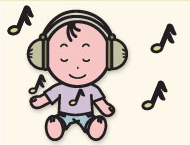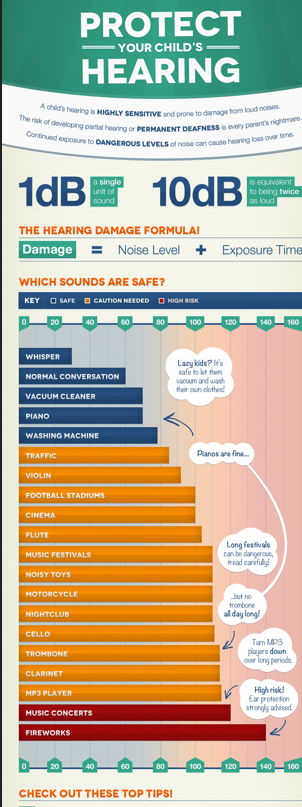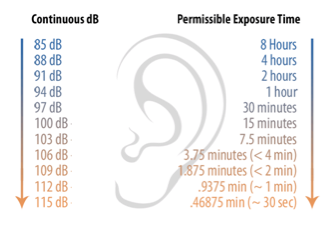 This guest post by Rob Doole tackles the important topic of hearing loss and young children. Rob is the director of Allearplugs.com.
This guest post by Rob Doole tackles the important topic of hearing loss and young children. Rob is the director of Allearplugs.com.
Music can be very beneficial to young children, allowing them to develop their sense of creativity and melody while generating memories that will stay with them forever. I always remember the songs I sang at school and appreciate how they developed my love of music that remains today.
However, musical memories are not always fond; young children exposed to high noise levels can develop hearing problems such as tinnitus during their youth. Children’s hearing is highly sensitive and vulnerable to harm from loud noises and damage to their ear drums at an early age will inhibit their development later on in life. It’s therefore important that you take some steps to protect and educate your children about the dangers of loud noise from music.
As illustrated below, the risks of your child developing hearing loss depends on the volume of noise and the exposure time:
Sound is measured in decibels (dB), with 85db being the threshold for safe or dangerous noise; to put this in context, playing a piano is around 70dB, and within the safe limits; listening to a live violin performance, at 92dB, would be above the threshold.
Exceeding the threshold for ‘dangerous’ noise is possible, provided the time frame of exposure is within safe limits, as outlined below from dangerousdecibels.org.
Long periods of loud noise can be just as damaging as quick, sudden bursts and it’s important that you take precautions to reduce the likelihood of both exposures from occurring over time.
Most of your child’s music lessons or home practice is likely remain within safe thresholds, particularly when lessons only last for up to an hour at a time. However, as your children get older and want to try new instruments, these thresholds are likely to be exceeded; for example, the violin (86dB), flute (103dB) or cello (110dB) are all loud.
Other musical activities, like an all-day family music festival, could also create risks, with noise reaching 110dB very close to the stage (safe for under two minutes); my advice here is to use hearing protection, Edz Kids Ear Defenders (http://www.allearplugs.com/children/kids-ear-defenders/) work really well, while moving as far away from the speakers as possible and taking regular breaks.
With new technology highly focused towards high-volume, personal ‘in-ear’ devices like MP3 players, it’s also really important that you educate young children about their dangers as soon as possible. On their loudest settings, MP3 players can reach sound ratings of up to 115dB, which can be seriously detrimental over a sustained period of time.
Make sure music is turned down below 85dB for longer periods, or limited to very short time time frames above this threshold. It is often the sustained, lower-level sound exposures which have the potential to cause ‘unseen’ damage in children, so be sure to monitor their exposure as their enjoyment of music grows.
Rob’s company, Allearplugs.com offers the Edz Kids Ear Defenders as well as a full range of options for children’s hearing protection, check them out at http://www.allearplugs.com/.
Read more from Rob Doole and get his latest updates at: https://plus.google.com/115842769732285976259/posts


